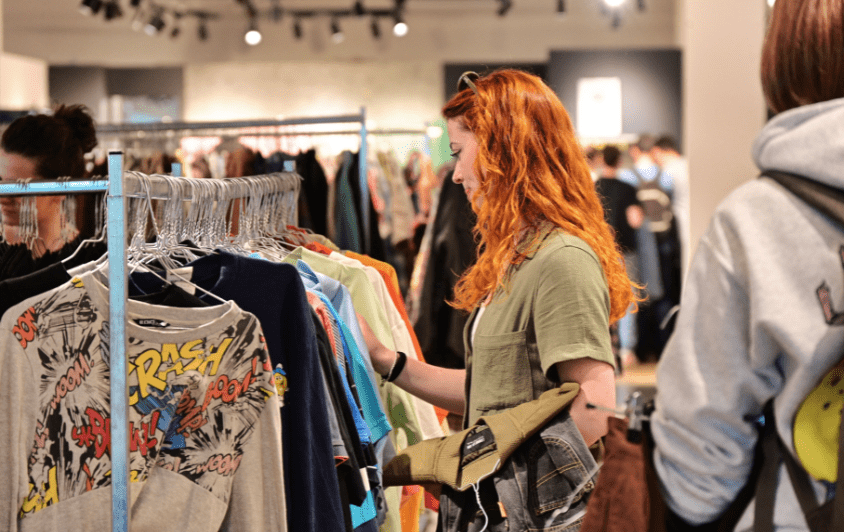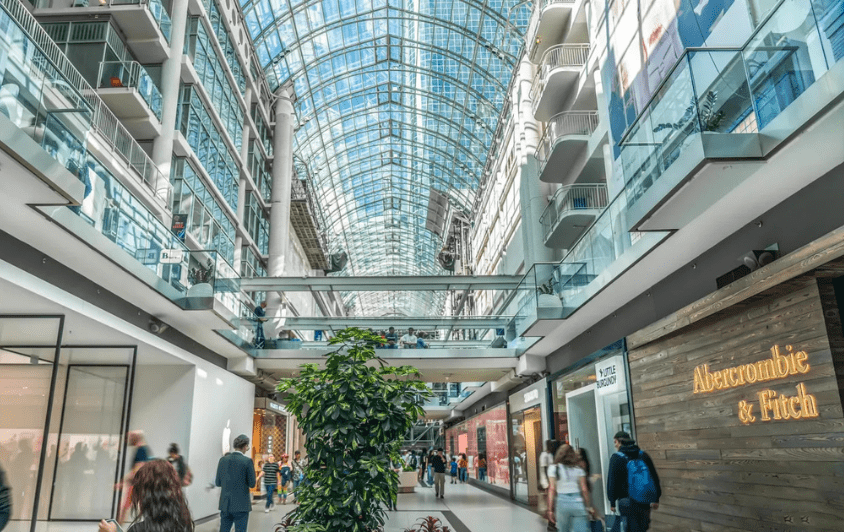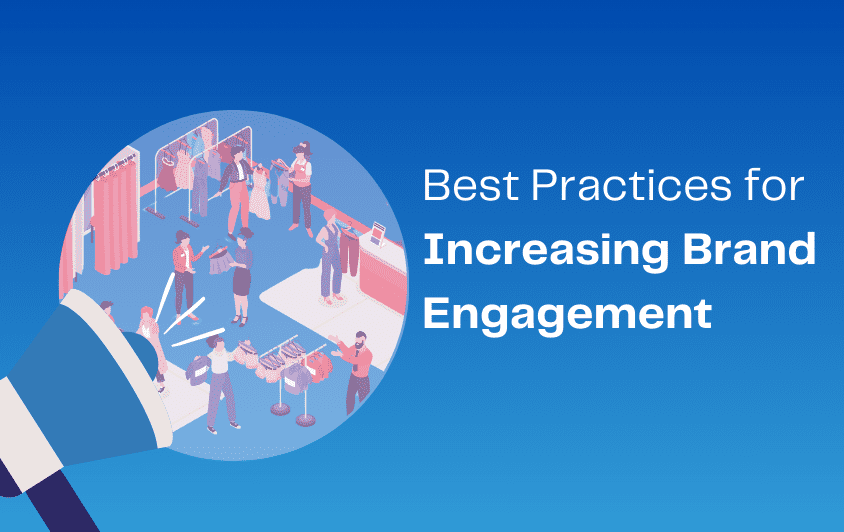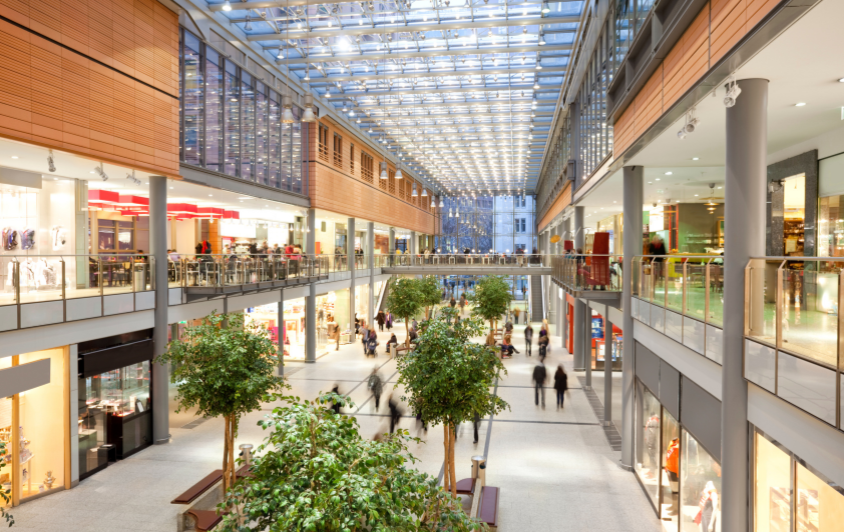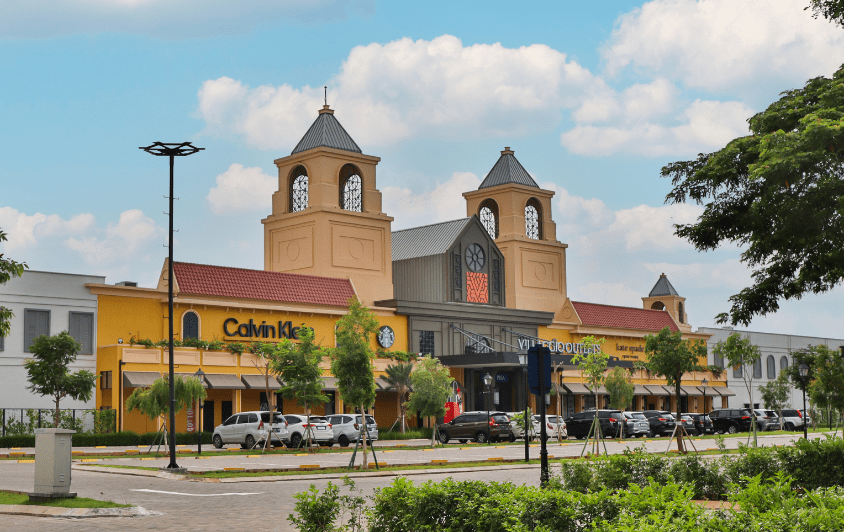As we enter 2025, mall operators are reshaping the shopping experience across both online and in-store channels, driven by shifting consumer behaviors and technological innovations. Here are the key trends that mall operators can’t afford to overlook!
1. The Digital Merge: Blending Physical and Online Spaces
The future of retail lies in the seamless integration of digital and physical experiences. In a world where digital-first interactions dominate, retailers must adapt by bridging the gap between online convenience and the sensory appeal of physical spaces.
Why it Matters: Consumers increasingly prefer the ease of digital engagement. Whether it’s shopping from the comfort of their homes or engaging with brands through social media, the expectation for digital-first experiences is stronger than ever.
Key Insights:
- Major mall operators are fully committing to digital transformation, recognizing that physical locations must provide more than just goods—they need to deliver experiences that extend online.
- Retailers must engage with customers on their screens, creating conversations rather than merely broadcasting information.
- Live entertainment and events have proven that physical experiences are still valuable when integrated with digital platforms, such as loyalty programs and apps.
Actionable Tip:
Retailers should invest in creating omnichannel loyalty programs and exclusive in-store experiences that are highlighted through online platforms. Live-streaming in-store events and offering exclusive digital promotions can drive foot traffic while fostering a sense of community.
2. Improving Data Quality: The Foundation for Innovation
In 2025, clean and integrated data will be a game-changer for retail innovation. Conversely, poor data management will hinder growth and lead to costly errors.
Why it Matters: AI and machine learning thrive on high-quality data. Retailers relying on outdated, fragmented, or inaccurate data risk mismanaging inventory, failing at targeted marketing, and missing critical sales opportunities.
Key Insights:
- Inaccurate data can lead to stockouts or overstocking, ultimately damaging customer satisfaction.
- Unified data platforms that consolidate information from various sources create a “single source of truth,” allowing for better forecasting and smarter decision-making.
Actionable Tip:
Retailers should prioritize data cleansing and invest in CRM platforms that enable real-time data sharing. By leveraging this infrastructure, mall operators can unlock AI’s full potential to enhance operational efficiency and improve customer experience.
3. Social Commerce and Community: Meeting Shoppers Where They Are
Social media platforms like TikTok have revolutionized the way consumers discover and purchase products. By integrating live streaming, interactive content, and compelling ads, social commerce is thriving—and physical retailers can learn from this.
Why it Matters: Shoppers crave authenticity and connection. Social commerce can help drive sales in physical stores by encouraging customers to share their in-store experiences and tag store locations on social media.
Key Insights:
- Retailers can replicate this by hosting in-store live streams, showcasing products, offering exclusive deals, and encouraging social engagement.
- Creating spaces that facilitate community interaction aligns with younger consumers’ desire for meaningful and shareable experiences such as working spaces, interactive art installations, and content creation opportunities to promote shareable moments on social media
- Mall operators can leverage geo-targeting to send promotions and ads to potential customers when they are near a store, encouraging spontaneous visits and impulse purchases.
Actionable Tip:
Experiment with live-streamed shopping events from your retail locations. Use these events to showcase limited-time offers, exclusive product launches, and customer testimonials to build excitement both online and in-store.
4. Second-Hand Luxury: The Rise of Sustainable Shopping
Sustainability and value-driven shopping are influencing retail like never before. The second-hand luxury market continues to grow as consumers seek quality goods at lower prices.
Why it Matters: Economic pressures and increased environmental awareness are pushing more consumers toward pre-loved items. Luxury brands are recognizing this trend, launching their own resale platforms to capture a share of the circular economy.
Key Insights:
- Online platforms like Vinted and ASOS Marketplace have surged in popularity, but physical spaces are catching up.
- Shopping malls are dedicating spaces to vintage and second-hand stores, capitalizing on the sustainable fashion movement.
- South Coast Plaza in Costa Mesa, California, partnered with luxury resale platform The RealReal to create a dedicated space where customers can shop authenticated pre-owned luxury goods
- The Shops at Crystals in Las Vegas introduced a rotating pop-up featuring vintage and pre-loved luxury collections, carefully curated and displayed alongside high-end new collections, offering shoppers a mix of nostalgia, sustainability, and luxury in a single location.
Actionable Tip:
Retailers should consider incorporating second-hand sections into their stores, offering trade-in programs or curated vintage collections to attract eco-conscious shoppers. Collaborating with luxury brands to offer ‘pre-loved’ luxury items at more affordable prices can attract foot traffic and enhance brand loyalty, while also promoting eco-conscious practices.
5. Athleisure and Wellbeing: A Lifestyle Shift
With a growing focus on health and wellness, athleisure remains one of the fastest-growing sectors in retail. Younger generations are prioritizing experiences that align with their wellness goals, and retailers are responding.
Why it Matters: The rise of brands like Lululemon, Alo, and Adanola reflects a shift towards healthier, experience-driven lifestyles. Shoppers are drawn to stores that offer more than just products—they seek spaces that support their wellbeing journeys.
Key Insights:
- Lululemon’s Mall of America location features a coffee and juice bar, yoga studios, and pilates classes, creating a wellness hub within a retail space.
- In 2023, the U.S. athleisure market was valued at approximately $88.5 billion, with the North American athletic wear market expected to reach $27.85 billion in 2025, with a compound annual growth rate (CAGR) of 6.8% from 2025 to 2030.
- Additionally, the global athleisure market is projected to grow at a CAGR of 9.3% from 2024 to 2030, reaching $662.56 billion by 2030. These trends reflect a growing demand for wellness-oriented retail environments, particularly among Gen Z and Gen Alpha consumers who value holistic health and community engagement.
Actionable Tip:
Retailers can enhance their stores by integrating wellness-focused amenities or partnering with local fitness and wellness influencers to host in-store events and classes.
Final Thoughts:
As retail continues to evolve in 2025, success lies in understanding and responding to the digital-first, community-driven, and experience-focused expectations of consumers. By embracing these trends, retailers can stay ahead of the curve, ensuring they remain relevant and engaging to consumers.

